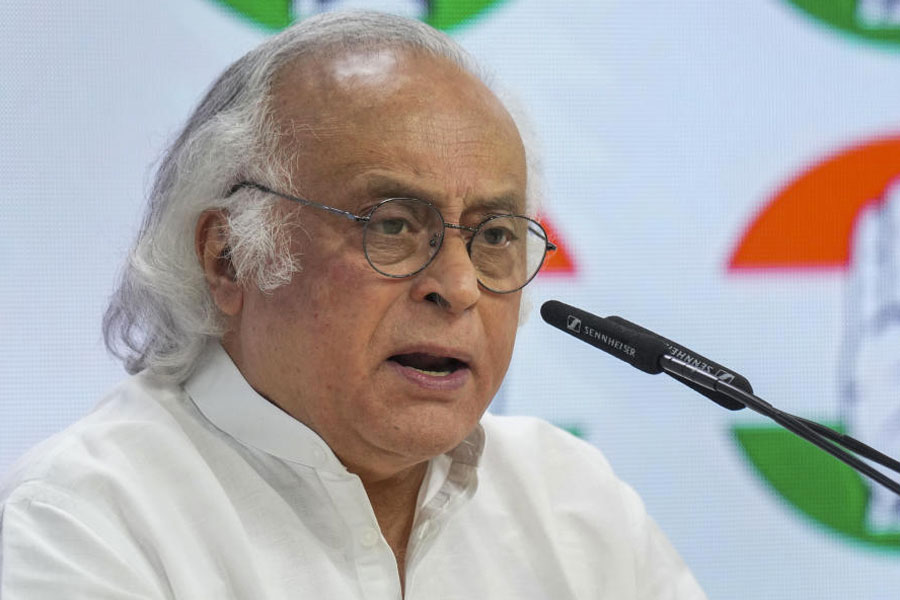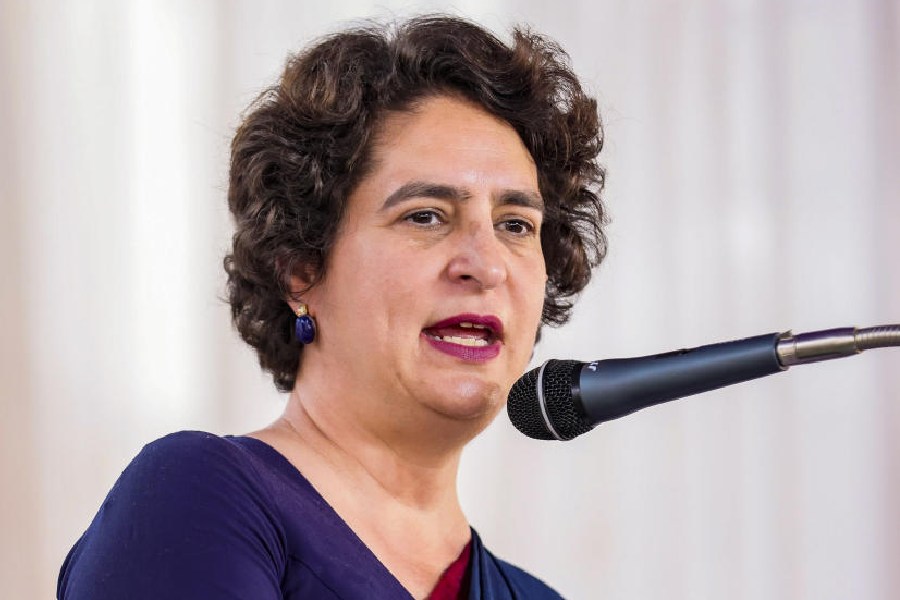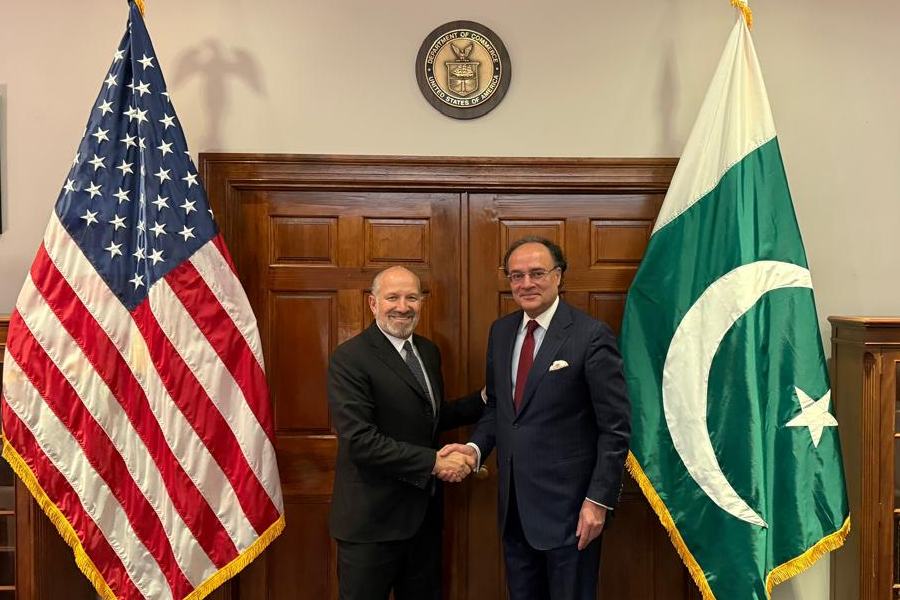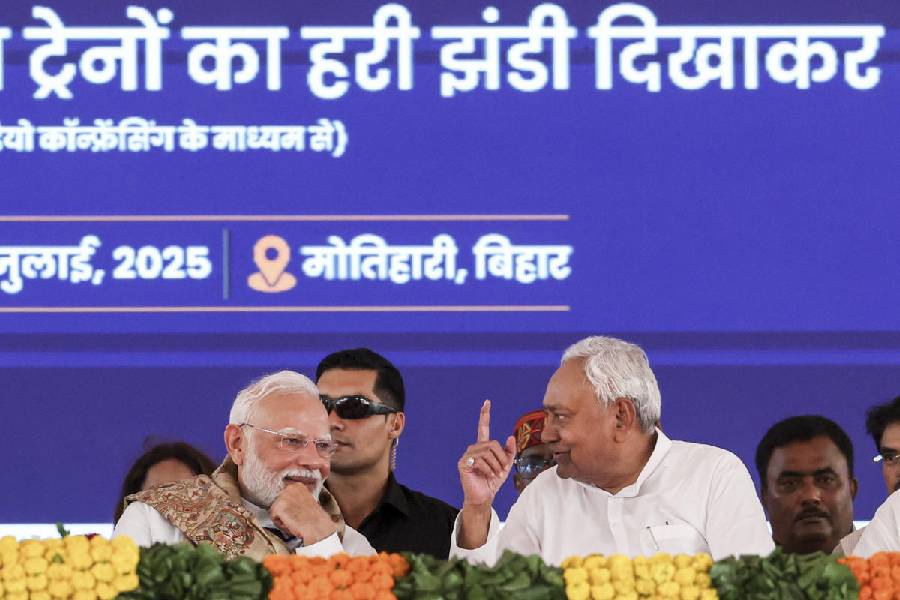 |
| The cabin crew in their new uniforms for Australian budget airline Jetstar and (below) a Singapore Airlines stewardess |
Our national airlines gives many visitors the first impression of India. From a fashion perspective, too, it portrays the philosophy of the airline, much as Singapore and Thailand portray a traditional, yet concise message that reflects well on their countries.
In today?s corporate world, professionalism is a much sought after word. And nowhere is its absence more apparent than in government or state-run organisations when compared to newly-minted private companies.
 |
One look at the corporate uniforms of Jet Airways or Sahara Airlines will give you a feel that, in their own distinct way, each one is portraying an image born out of a thought process reflecting the company?s philosophy.
Indian Airlines, on the other hand, seems to think that diversity is the order of the day. Two types of patterns are used for the saris worn by the stewardesses. One pattern with curling vines is in a turquoise colour, and the other is a completely different, more ethnic pattern in rust orange. The quality of the saris is most ordinary and the design unimaginative.
Air India also goes through many processes of choosing their uniform design. Unfortunately, it is in many ways amateurish. The decision on something as important as the image of the country is not handled by a professional design team but left to ad hoc decisions made by officials who are not qualified to deal with the task. It does not seem to follow a clear colour palette or a storyboard. Uniforms, by their nature, have to follow a minimum requirement of aesthetics in proportion to functionality and formality.
I have on occasion been asked by various airlines to design their uniforms. The difference between how a company like British Airways and Air India approach the subject is glaring. Air India issues tenders for designs, or asks inexperienced students to do the job. More often than not, the decision on the design lies with the wife of the person in charge. This whimsically quaint way of dealing with the matter just builds up a wide diversity of design, and not a consistent visual.
No other country has the richness of India?s textiles. We as a nation have managed to keep an indigenous identity in our fashions and clothing. This in particular applies to women?s clothing. Under the highly professional JRD Tata team, we saw our airline stewardesses sporting sophisticated woven saris from Kanchipuram. This was followed with a design made in the bandini technique, again very attractive, exotic and representative of India?s crafts and colour.
After the government take-over of the national airline, confusion has prevailed. If the government would wake up to the necessity of joining the professional world, we would once again see a more sophisticated presentation of our airline staff. Also, it would be a pleasure to see some of the most beautiful of Indian textiles reflected as part of our national airlines? image.










